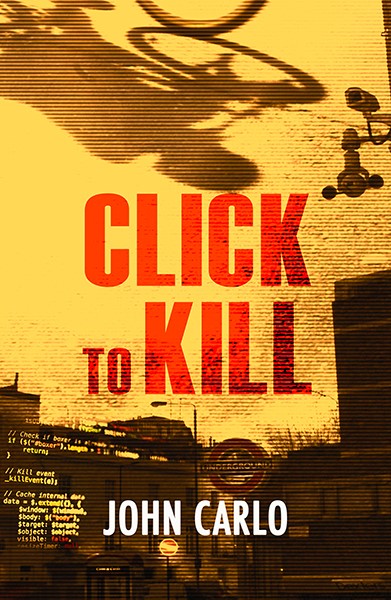I’ve been trying for many years to get published.

I’ve submitted to agents in my genre (techno-thriller), cold-mailed manuscripts to publishers, leaned on friends with connections in publishing, chatted people up at book launches, entered chapters in short story competitions, etc. Nothing has worked.
Don’t get me wrong, I know publishers are dying to get their hands on good material. There’s no conspiracy blocking me, beyond someone thinking they can or cannot make money out of my writing. I also know that a lot of what I submitted simply wasn’t good enough.
In the last couple of years, though, something changed. The responses I received from people in the book trade improved. An agent at a big-name New York agency worked with me for about a year, before exiting the business due to family issues. In the last few months, a publisher at a major house accepted an unsolicited MS and spent a few months considering it, before finally passing on it. Now, you might say that’s encouraging, stick with it. But then I made an amazing discovery.
eBooks comprise around 25% of the UK book market. Being a marketing guy, however, I suspected that wasn’t the full story. I uncovered Nielsen data showing eBook share by genre. This changed everything.
Over 50% of Mystery/Thriller sales are in eBook. And when you look at the listings on Amazon or Kobo or Barnes & Noble, there’s nothing to distinguish an eBook published by a major from one by an author. Over half the book market is open to me, right now, without having to go through an agent or publisher. Hallelujah.
So what did I do? First, I polished the MS, again. Then I paid a professional book doctor to critique it. And then I polished it again. Finally convinced I was ready to put my money where my mouth was, I took the following steps:
1. Choose a simple, snappy title. Unlike a bookstore, customers can’t pick your book up to learn more about an intriguing name. Hit them between the eyes.
2. Choose a unique nom de plume. Have you ever Googled yourself? It’s amazing how many of us have the same names. Nom de plumes have been used over the centuries for different reasons and in our era they create differentiation and searchability.
3. Your book jacket is your advertising. It’s the single key visual that you will use everywhere, especially in social media. I trawled Google to find a designer who’d done something similar to what I had in mind, then spent two days writing her a detailed brief. It’s your one and only brick. Be sure it makes it through the window.
4. Buy some ISBN numbers. Amazon will assign you one for free but only if you sell through them exclusively. If you want to use multiple platforms, you need your own ISBNs so I went through Nielsen and registered these in the name of a publishing company. No, I’m not planning on publishing anyone else’s material, but you can call yourself anything you like, and I think it sounds better.
5. List your book for sale on every platform. Although I concentrate on eBook, some of them also offer print on demand.
6. Think hard about what category you’re in and what that means. For example I write thrillers, but the vast majority of that genre is women’s fiction. To get a more masculine definition, I sometimes list myself as ‘espionage thriller’. Different platforms use different categories, so you need to research each one.
7. Create an online presence. I put up an author website and replicated the same simple design (all based on the book jacket key visual) across social media.
8. Use social media. A thirteen-year-old helps me operate social media! The key is to keep posting. Make it personal. Talk about yourself.
9. Make people aware of your book. I sent emails and other messages to all of my friends asking them to buy the book. Don’t be shy. The first 1,000 copies are the hardest.
10. Seek out book reviews. There are important recommendation sites for eBooks, like Goodreads, and bloggers with lots of followers. I send them my book asking for reviews.
11. Be aware of what's going on in your part of the marketplace. Think about everything you do, especially pricing, as a way of achieving market penetration. The trick is to get lots of people knowing your name and trying your book, so that you can add more material later and nudge the prices up. It’s a long game, but if you play it right, you can win.
12. Think innovatively about how to reach communities. My hero is a mad-keen cyclist, so one marketing tactic for me is to target cycling communities, who like the fact that the hero is ‘one of them’.
John Carlo grew up in Seattle and lives in London. Click to Kill is inspired by his time working among the tech gurus of the robotics industry.
Comments